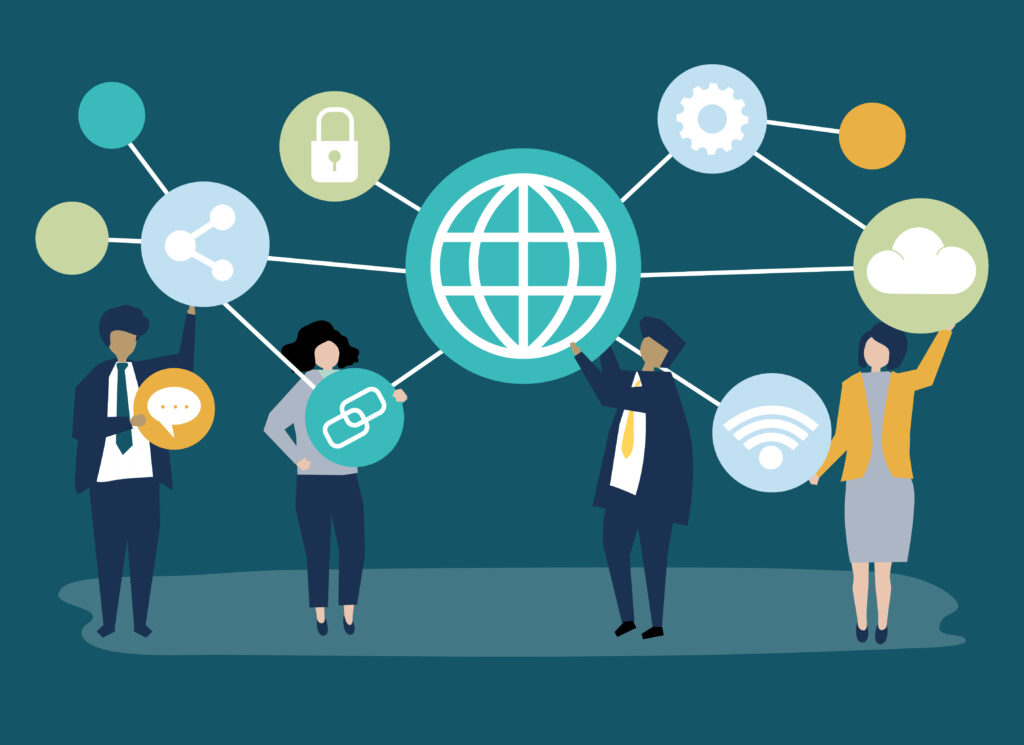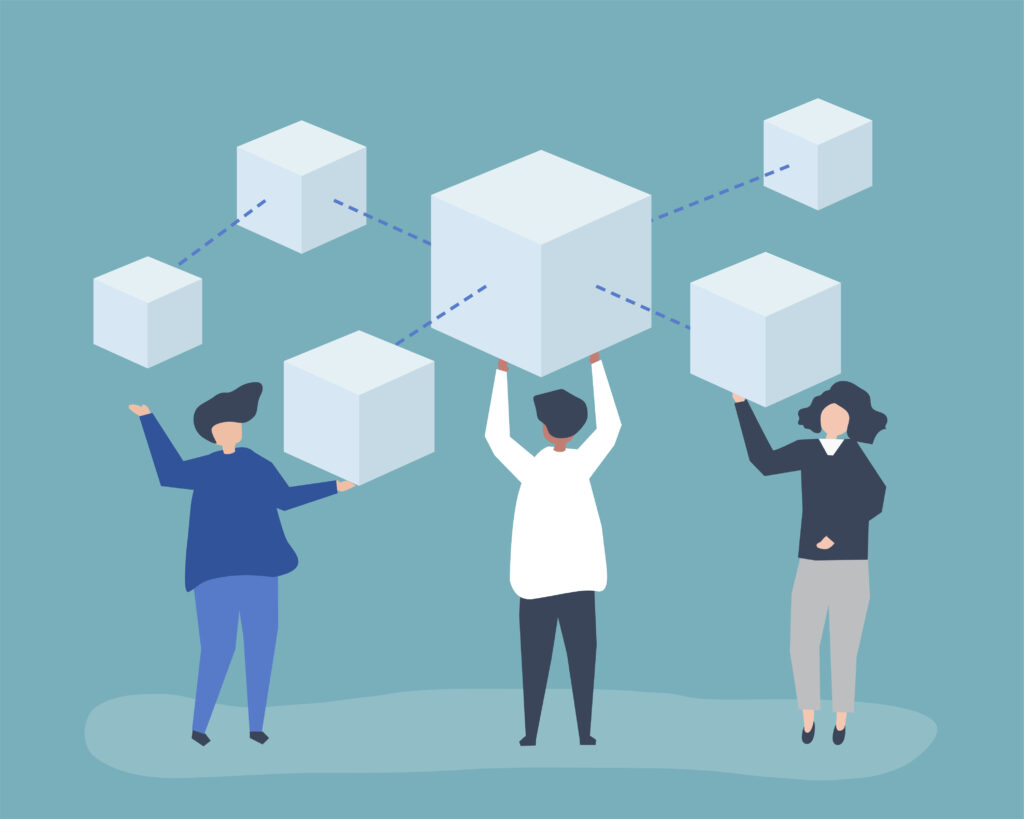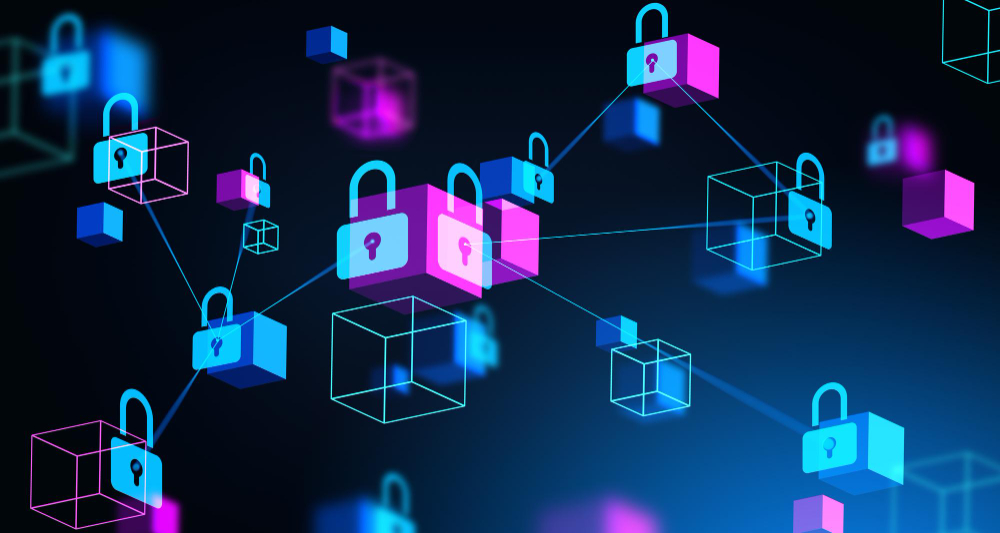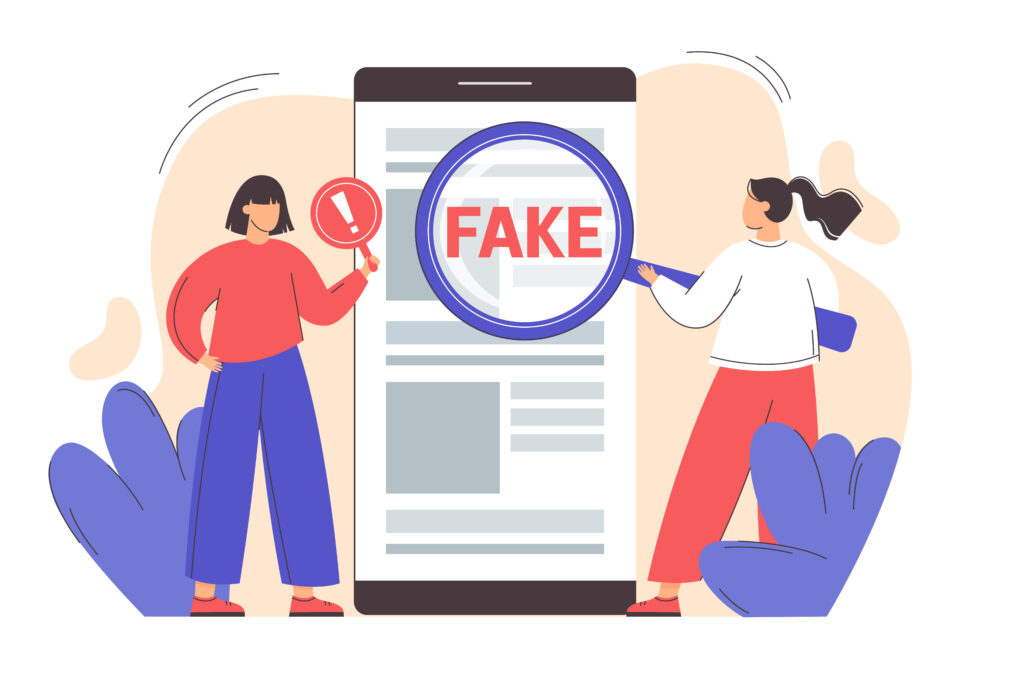The internet has come a long way since its inception in the 1990s. It has transformed from a one-way broadcast of information to a platform that allows users to not only consume information but also upload their own data. This evolution, known as Web2, brought about social media platforms and collaborative online communities. However, it also led to a concentration of power in the hands of large platforms that extract value from user-generated content. This imbalance has given rise to a new era of the internet, known as Web3.

Web3 seeks to address these issues by leveraging technologies like blockchain. It is often described as the web of ownership, where users have control over their digital assets such as data, identities, and virtual goods. This promises a new era of decentralization and empowerment for users. The rise of Web3 signifies a shift towards a more democratic and user-centric internet.
Blockchains are at the heart of Web3. They provide a decentralized and trustless platform for transferring and storing value online. Prior to the emergence of blockchains, there was no way to create digital scarcity or establish ownership of digital assets. With blockchains, digital assets can be represented as tokens, which can represent anything from money to stocks and bonds to art and collectibles. This allows individuals to become owners rather than just users of the internet.

While Web3 holds great promise, it has faced challenges and skepticism. Regulatory scrutiny and market crashes have cast doubt on the viability of blockchain technology. However, it is important to remember that technological advancements are cyclical. The collapse of individual companies should not be seen as the end of the entire industry. The potential of Web3 to revolutionize the internet and empower individuals cannot be understated.
Web2 and Web3 represent two distinct eras of the internet. Web2 was characterized by the rise of social media platforms and collaborative online communities. While it allowed users to upload their own data and engage with others online, it also led to a concentration of power in the hands of a few large platforms. Users traded their data for free services, inadvertently giving up control over their digital lives.
Web3, on the other hand, seeks to address these issues by leveraging blockchain technology. It promises a more decentralized and user-centric internet, where individuals have control over their digital assets. Web3 enables users to become owners rather than just users, ushering in a new era of empowerment and self-sovereignty.
Web3 offers numerous benefits for digital connectivity. One of the key advantages is the ability for individuals to have control over their digital assets. With Web3, users can truly own their data, identities, and virtual goods. This puts individuals in the driver’s seat, allowing them to decide how their data is used and who has access to it.

Another benefit of Web3 is the potential for increased privacy and security. With the rise of large platforms in Web2, personal data has become a valuable commodity. Web3 aims to give individuals back their privacy by decentralizing data storage and giving users control over their personal information.
Furthermore, Web3 has the potential to foster innovation and economic growth. By allowing individuals to own and trade digital assets, Web3 creates new opportunities for entrepreneurs and businesses. This can lead to the development of new industries and the creation of new jobs.
Web3 encompasses a wide range of technologies and applications. One of the most well-known examples is Ethereum, a blockchain platform that enables the creation of smart contracts. Smart contracts are self-executing contracts with the terms of the agreement directly written into code. They automatically execute when the conditions specified in the contract are met, eliminating the need for intermediaries.

Another example of Web3 technology is IPFS (InterPlanetary File System), a peer-to-peer file system that allows for decentralized and distributed storage of data. IPFS addresses the issue of centralized data storage by breaking files into smaller chunks and distributing them across multiple nodes in the network.
Web3 also enables the creation of decentralized applications (dApps). These are applications that run on a blockchain network and leverage its decentralized nature. Decentralized finance (DeFi) applications, such as lending and borrowing platforms, are a prime example of dApps in Web3.
Web3 has the potential to revolutionize industries and society as a whole. One area where Web3 can have a significant impact is finance. The rise of decentralized finance (DeFi) applications has the potential to disrupt traditional banking and financial services. DeFi allows for peer-to-peer lending, borrowing, and trading without the need for intermediaries. This can lead to increased financial inclusion and lower costs for consumers.
Web3 also has the potential to reshape the entertainment industry. With the ability to tokenize digital assets, artists and content creators can directly monetize their work without relying on traditional gatekeepers. This can lead to a more equitable distribution of revenue and greater creative freedom for artists.
Furthermore, Web3 can empower individuals in areas such as governance and voting. Blockchain-based systems can enable secure and transparent voting, reducing the risk of fraud and manipulation. This can lead to more inclusive and democratic decision-making processes.
While Web3 holds great promise, there are challenges and concerns that need to be addressed for widespread adoption. One of the main challenges is scalability. Blockchain networks currently face limitations in terms of transaction speed and capacity. This can hinder the growth and usability of Web3 applications.
In addition to scalability challenges, another concern in the digital age is the rise of deep fakes and the erosion of trust. Deep fakes refer to manipulated or fabricated media content, such as videos or images, that appear authentic but are actually synthetic. These deep fakes can be used to spread misinformation, deceive the public, and manipulate public opinion.

However, Web3 technologies, including blockchain, have the potential to address these concerns and reinforce the trust economy. Blockchain, as a decentralized and transparent technology, can provide a robust framework for verifying and validating digital content. By utilizing blockchain, users can have greater confidence in the authenticity and integrity of the information they encounter online.
Blockchain’s immutable nature prevents tampering and deep fakes. It also allows creators to timestamp and authenticate their work for credibility. Decentralized identity solutions on blockchain reduce identity theft risks. Web3 technologies, like blockchain, create a secure online environment. We must address scalability challenges for widespread adoption of Web3 applications
Another concern is regulatory scrutiny. As blockchain technology becomes more mainstream, governments around the world are grappling with how to regulate it. Uncertainty in regulation can create barriers to entry for businesses and hinder innovation in the Web3 space.
Security is also a concern in Web3. While blockchain technology itself is secure, the applications built on top of it may have vulnerabilities. It is important for developers to prioritize security and conduct thorough audits to identify and address any potential vulnerabilities.
Businesses need to adapt and prepare for the rise of Web3. One way to do this is by exploring the potential applications of blockchain technology in their industry. Understanding how blockchain can enhance transparency, security, and efficiency can give businesses a competitive edge in the Web3 era.
The rise of Web3 has the potential to significantly impact both existing companies and new players in the market. Drawing parallels to the 1990s, when companies like Kodak and Tower Records failed to fully embrace the internet, it becomes clear that businesses need to adapt and prepare for the changes brought by Web3. Companies that fail to do so risk being disintermediated, just like their predecessors. To mitigate this risk, businesses should explore the potential applications of blockchain technology in their industry. Understanding how blockchain can enhance transparency, security, and efficiency can give businesses a competitive edge in the Web3 era. By leveraging the decentralized nature of Web3, companies can build trust with their customers, optimize operations, and unlock new business models. Embracing Web3 is not just a technology shift but a strategic imperative for businesses seeking long-term success in the digital world.

Another important step is to stay informed about the latest developments in Web3. Attending conferences, networking with industry experts, and staying up to date with industry publications can provide valuable insights into the potential impact of Web3 on various industries.
Lastly, businesses should consider partnering with startups and organizations in the Web3 space. Collaboration can lead to innovative solutions and help businesses navigate the challenges and opportunities of Web3.
Web3 represents the next phase in the evolution of the internet. It promises a more decentralized and user-centric internet, where individuals have control over their digital assets. While Web3 has faced challenges and skepticism, it has the potential to revolutionize industries and empower individuals. Businesses need to adapt and prepare for this new era by exploring the potential applications of blockchain technology and staying informed about the latest developments. Embracing Web3 can lead to a more equitable and connected digital future.
To learn more about the future of Web3 and how it can impact your business, I recommend reading Alex Tapscott’s book “Web3” and start preparing for the decentralized future today!
At ND Labs, we are proud to offer our expertise in web3 development. Our team is experienced and skilled in working with the latest technologies and frameworks to create innovative and decentralized web applications. Whether you need assistance with smart contract development, blockchain integration, or building decentralized applications (dApps), we are here to help. We understand the importance of staying ahead in the ever-evolving world of web3, and we are committed to delivering high-quality solutions tailored to your specific needs. Contact us today and let us assist you in harnessing the power of web3 for your business.